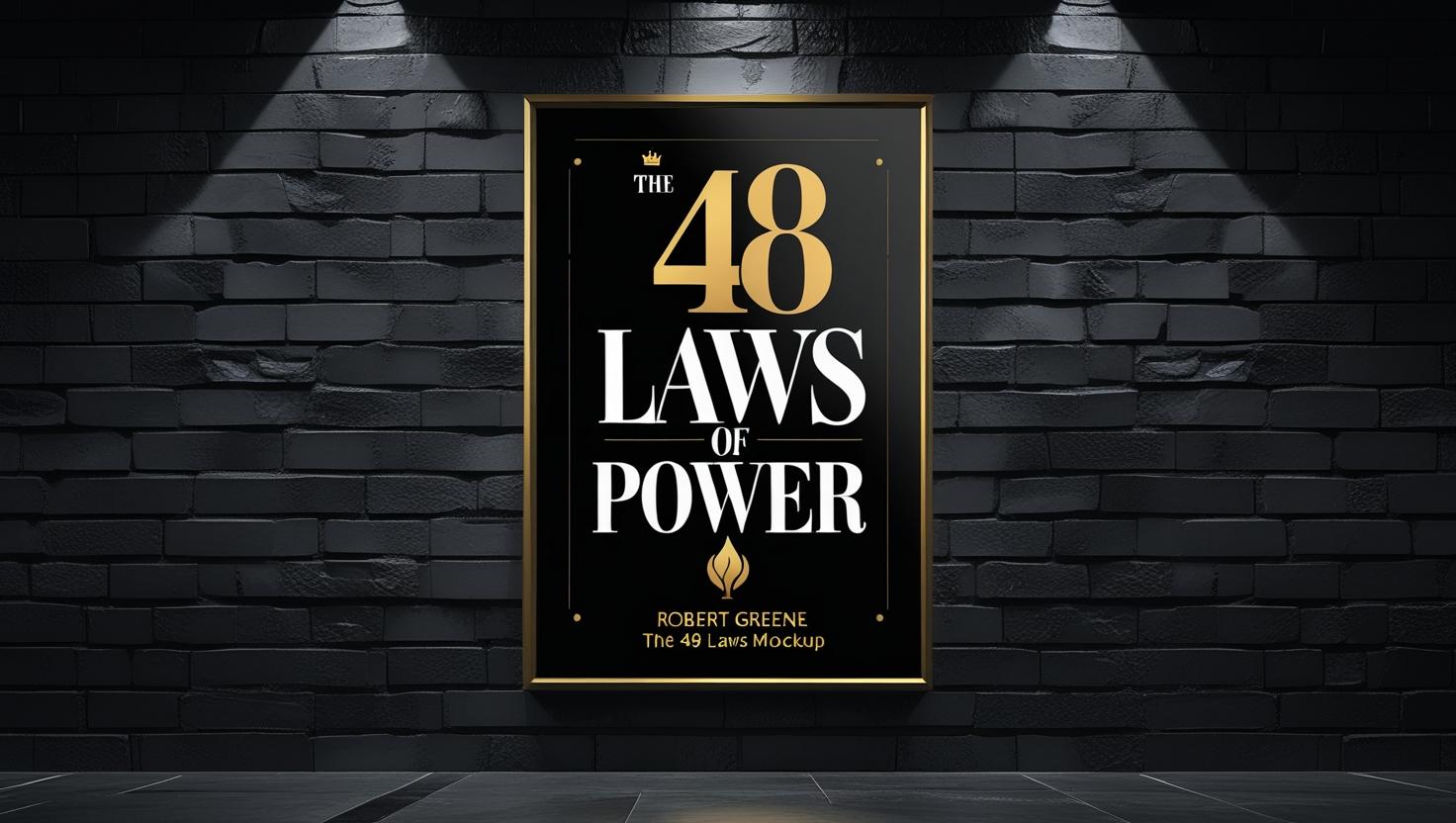This new wave of education is centered around simplicity and clarity. Learners today are drawn to step-by-step learning systems that break down complex topics into manageable actions. These methods cater to beginners, support continuous practice, and allow for flexible pacing—a must in today’s distracted world.
One of the most powerful frameworks rising in popularity is habit stacking. This method encourages learners to anchor a new skill-building behavior to an existing habit. For instance, listening to language audio while preparing breakfast or reviewing flashcards right after brushing your teeth. The idea is to reduce friction by leveraging daily routines.
Unlike traditional study plans that require long blocks of time, habit stacking makes it easier to insert micro-learning into your day. These compact sessions—5 to 10 minutes long—are proving to be incredibly effective for long-term retention and mastery. Whether it’s vocabulary practice, coding challenges, or journaling exercises, the routine becomes automatic when it’s stacked smartly.
At the same time, the world of immersive learning is advancing rapidly. Technologies like AR, VR, and gamified platforms are transforming how learners engage with material. Virtual labs, 3D simulations, and scenario-based modules allow learners to not just absorb knowledge, but experience it. This has been especially useful in healthcare, aviation, and technical industries—but it’s making its way into creative and general learning too.
For example, language learners can now explore virtual cities while practicing conversation with AI tutors. Culinary students can simulate recipes and plating. Even leadership training has moved into virtual spaces where participants can role-play negotiation, conflict resolution, and communication scenarios in real time.
Another growing trend is the use of guided content labeled as “for beginners”. These lessons focus on clarity, encouragement, and progressive layering. Platforms that offer intuitive, beginner-friendly resources—like YouTube playlists, Udemy courses, or language apps—are seeing high engagement. The simplicity of these lessons helps reduce overwhelm and builds momentum.
This beginner-centric approach also encourages a growth mindset. Instead of expecting instant results, learners are embracing the idea of incremental progress. It’s no longer about perfection, but persistence. Every small win reinforces confidence, which in turn drives continued learning.
Part of this shift is supported by creators and educators who now act more as facilitators than authorities. They provide frameworks, reflection questions, and checkpoints—giving learners the tools to explore on their own. Even long-form content is now presented with time stamps, chapter breakdowns, and resource summaries to keep users engaged without burnout.
On a practical level, this shift in learning style is changing how people build real-world capabilities. From launching online businesses to acquiring job-ready tech skills, individuals are focusing on actionable knowledge. They want to build websites, edit videos, automate tasks, speak another language, or lead with empathy. The emphasis is on doing, not just knowing.
To support this, apps and platforms have introduced features like spaced repetition, daily challenges, streak rewards, and accountability reminders. These tools help users stay on track while making the process feel more rewarding. Consistency becomes more attainable when it’s fun and measurable.
Additionally, communities play a major role in motivation. Whether it’s a subreddit, Discord server, or mastermind group, people are learning together more than ever before. Collaborative learning adds support, feedback, and shared milestones that reinforce commitment. Even those studying solo often find accountability partners to check in with weekly.
And of course, learners are embracing tools powered by AI. Personalized learning paths, smart summaries, instant feedback, and AI-driven tutors are helping people overcome common hurdles. These tools adapt to each user’s pace and preferences, making self-study more intuitive and effective than ever.
Here are some actionable ways to align with the 2025 learning mindset:
- Pair a new study habit with an existing routine using habit stacking.
- Choose learning resources that are built for beginners and scale progressively.
- Use platforms with interactive and immersive features to deepen engagement.
- Focus on daily micro-learning to build momentum without pressure.
- Join online communities or peer groups for support and accountability.
- Use AI tools for real-time corrections, custom exercises, and focused revision.
What’s clear in 2025 is that learners are not just chasing knowledge—they’re designing systems around it. They’re working smarter, not longer. With smarter tools, smaller steps, and stronger habits, education is becoming more empowering and accessible to all. Whether you’re starting fresh or refining existing abilities, the resources are out there—tailored to your time, interests, and pace.
In the end, mastering new skills isn’t about overnight transformation. It’s about building trust in yourself, one practice at a time. And in this new era of learning, everyone has the chance to grow—on their own terms.





